Home > Auctions > 9 - 17 September 2025
Ancient Art, Antiquities, Books, Natural History & Coins
Acquired in 1992.
Private collection, Switzerland, thence by descent.
Private collection, since the late 1990s.
This lot has been checked against the Interpol Database of stolen works of art and is accompanied by a search certificate number no.12851-241685.
This lot has been cleared against the Art Loss Register database, and is accompanied by an illustrated lot declaration signed by the Head of the Antiquities Department, Dr Raffaele D'Amato.
UK private collection, acquired 1980-1983.
Accompanied by a copy of a scholarly note, typed and signed by Professor Wilfrid George Lambert in 1992.
This lot is accompanied by an illustrated lot declaration signed by the Head of the Antiquities Department, Dr Raffaele D'Amato.
Cylinder seals are typically engraved, cylindrical stone objects designed to be rolled over clay, leaving impressions of images and often text carved in reverse. In Egypt, they appeared early in the historical record, likely due to Mesopotamian influence, with the more familiar button and stamp seals becoming prevalent later, particularly during the First Intermediate Period.
Acquired in the late 1980s.
Private collection, thence by descent.
Private collection, since the late 1990s.
This lot has been checked against the Interpol Database of stolen works of art and is accompanied by a search certificate number no.12852-241726.
This lot has been cleared against the Art Loss Register database, and is accompanied by an illustrated lot declaration signed by the Head of the Antiquities Department, Dr Raffaele D'Amato.
Cf. Andrews, C., Amulets of Ancient Egypt, London, 1994, pl.8a.
with Charles Ede Ltd, London, UK.
Private collection, London, UK, acquired from the above on 12 July 1994.
Accompanied by a copy of the Charles Ede invoice.
This lot has been checked against the Interpol Database of stolen works of art and is accompanied by a search certificate number no.12632-235078.
This lot has been cleared against the Art Loss Register database, and is accompanied by an illustrated lot declaration signed by the Head of the Antiquities Department, Dr Raffaele D'Amato.
Cf. Petrie, W.M.F., Amulets. Illustrated by the Egyptian Collection in University College, London, 1914, pl. XXX, no. 162a and 162d, for amulets of the god.
The amulet of the god Amun served both religious and protective purposes in ancient Egypt. Amun was a major deity associated with creation, kingship, and hidden power. Wearing an amulet bearing his image or name was believed to invoke his divine protection, grant strength, and confer favour or legitimacy. Such amulets were also placed among burial goods to ensure the deceased was protected and guided in the afterlife.
Archéologie; François de Ricqlès, Paris, 30 September-1 October 1996, no.322 (part).
Private collection, London, UK, acquired from the above sale.
Accompanied by a copy of a French cultural passport, dated 30 September 1996.
Accompanied by a copy of the François de Ricqlès invoice.
This lot has been checked against the Interpol Database of stolen works of art and is accompanied by a search certificate number no.12630-235074.
This lot is accompanied by an illustrated lot declaration signed by the Head of the Antiquities Department, Dr Raffaele D'Amato.
Cf. Andrews, C., Amulets of Ancient Egypt, British Museum, 1994, pp.39-40, fig.37.
From the New Kingdom onwards, Bes became one of ancient Egypt's most popular apotropaic deities. Despite his somewhat fearsome appearance, Bes served as the patron and protector of pregnant women and children, and was also believed to shield them from snakes.
Private collection, Carouge, Switzerland, assembled in the 1980s-1990s.
Thence by descent to the collection of Mr S.P., since 2020.
This lot is accompanied by an illustrated lot declaration signed by the Head of the Antiquities Department, Dr Raffaele D'Amato.
Cf. Andrews, C., Amulets of Ancient Egypt, London, 1994, pl.8a.
Collection of Mr C., Geneva, Switzerland (1936-2016), assembled between 1985 and 2010.
This lot is accompanied by an illustrated lot declaration signed by the Head of the Antiquities Department, Dr Raffaele D'Amato.
From the estate of a deceased American, acquired between 1970-1989.
with Bonham's, London, Knightsbridge, 28 October 2009, no.23 [part].
This lot has been cleared against the Art Loss Register database, and is accompanied by an illustrated lot declaration signed by the Head of the Antiquities Department, Dr Raffaele D'Amato.
Cf. image of a lady with head cone in The Yorck Project, 10.000 Meisterwerke der Malerei, 2002.
Collection of Monsieur M.; Etude Tajan, Paris, 26 February 1996, no.101.
Private collection, London, UK, acquired from the above sale.
Accompanied by a copy of a French cultural passport, dated 21 March 1996.
This lot is accompanied by an illustrated lot declaration signed by the Head of the Antiquities Department, Dr Raffaele D'Amato.
Cf. Andrews, C., Amulets of Ancient Egypt, London, p.66, fig.71c.
The vervet monkey was a symbol of love and sexual fulfilment.
Private collection, 1980s.
Private European collection, 2008.
This lot has been checked against the Interpol Database of stolen works of art and is accompanied by a search certificate number no.12853-241665.
This lot has been cleared against the Art Loss Register database, and is accompanied by an illustrated lot declaration signed by the Head of the Antiquities Department, Dr Raffaele D'Amato.
Cf. Martin, G.T., The Memphite Tomb of Ḥoremḥeb Commander-in-Chief of Tut’ankhamūn I, London, 1989, pl. 114, for a chaotic scene of foreign delegations in audience with the Pharaoh Tutankhamun.
Scenes of captured enemies and especially foreign envoys in audience with the pharaoh depict figures in various humiliating, supplicatory poses, including prostration and kneeling.
From the private collection of a Canadian gentleman living in Essex, UK, formed since the 1920s-circa 1990.
Property of an Essex lady until the late 1990s; thence by descent.
From the private collection of an Essex gentleman since the late 1990s.
This lot is accompanied by an illustrated lot declaration signed by the Head of the Antiquities Department, Dr Raffaele D'Amato.
From the private collection of a Canadian gentleman living in Essex, UK, formed since the 1920s-circa 1990.
Property of an Essex lady until the late 1990s; thence by descent.
From the private collection of an Essex gentleman since the late 1990s.
This lot is accompanied by an illustrated lot declaration signed by the Head of the Antiquities Department, Dr Raffaele D'Amato.
13 - 24 of 3897 LOTS

.jpg)
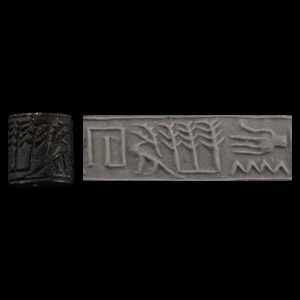

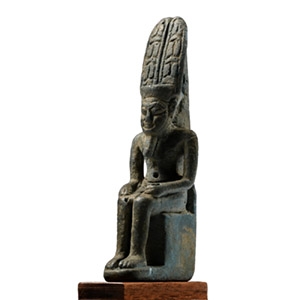
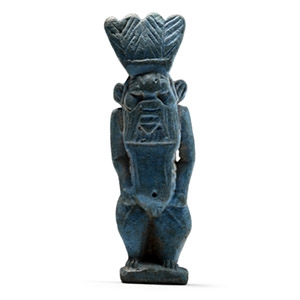
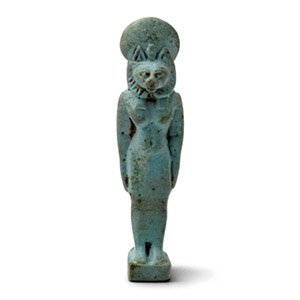

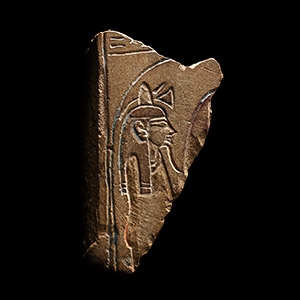
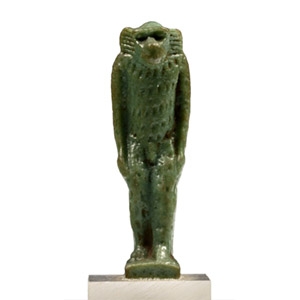
.jpg)

.jpg)



